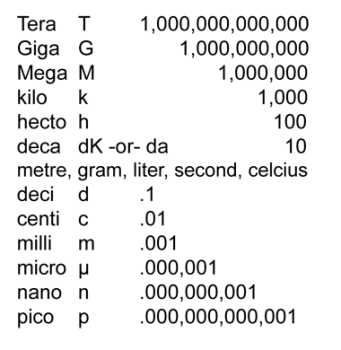not necessarily arbitrary numbers though many of the reasonings behind certain distances are no longer as relevant in todays world.
fwiw, way way back.. like roman empire times.. a mile was 5000 feet.
somewhere in the early 4 digit centuries when farming was pretty much the most important thing on earth, the english used a measure called a furlong which had something to do with how long an acre was.. 660 feet.
so for a while, 660 feet was such an important distance that they changed a mile to be 8 furlongs (or- 1/8 mile = 1 furlong.. 1/4mile = 2 furlongs.. etc)..
660' * 8 = 5280'
or 1 mile.
nowadays, the furlong has all but vanished off the face of the earth.. except.. in horse racing

(i think most english speaking countries use the furlong for this particular application)
i wouldn't exactly say the imperial units are arbitrary as they most likely meant something to someone at some time but for all intents and purposes these days.. sure, arbitrary.
----
here's a fun fact:
the meter, the very basis of the metric system, derived it's length from one ten-millionth meridian (distance from north to south pole)
however, this measurement turned out to be wrong (ie- a meter is not .0000001 earth meridian).
the original length stayed similar and several other methods over the years were instilled as a means to accurately define it ranging from the distance between two lines on a platinum bar preserved in paris to 'wavelengths of the orange-red radiation of krypton86 under specific conditions" ..these days (since the 80s or so) a meter is 1/299,792,458 of the distance light travels in a vacuum in one second.
hmmm. ok
idk but i kind of think the foot is better for human use ..it makes a lot more sense.

(personally, i think any new units should be derived from us in our daily lives.. like, an ergonomic unit.. we are, after all, the ones who are using these things.. i said it a few times already but the mm is too small for us.. that's what happens when you're trying to base a system off some thing such as the diameter of the earth instead of considering how the thing is going to be used in the real world.. a modern unit would do exactly this)
idk, any goofy story you're going to find behind the origins of imperial, you're also going to find behind the origins of metric.. calling imperial units arbitrary, well, yeah.. maybe.. but metric too.
these are BOTH outdated systems based off naught too practical for modern life .. pick your poison.




 system" as it relates to your understanding. That's cool. But as humans have many different languages, we also describe/define our world in different terms.
system" as it relates to your understanding. That's cool. But as humans have many different languages, we also describe/define our world in different terms.